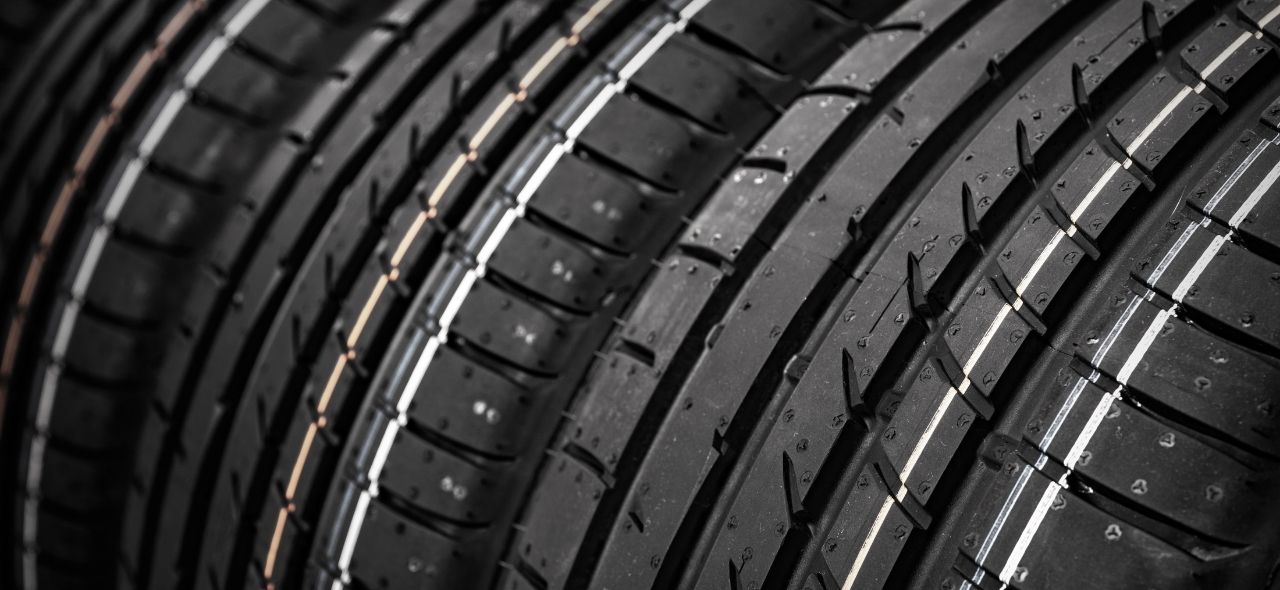
Tires face ongoing and unforgiving conditions on the road, from bad weather to discarded debris. If a tire blows out, it puts your and your passengers’ safety—if not your lives—at risk. There are several signs your tires are at risk for a blowout, but the ones you should watch for are tire bubbles. Here’s how to keep your eyes and ears open for the common causes of tire bubbles and be ready to avoid them.
What Are Tire Bubbles?
When you think of tire damage, you probably think of some cartoonish meeting between a tire and nail. Certainly, road debris such as construction materials, remnants from accidents, and other sharp objects turns up on the road and in our tires all the time. But tire bubbles are subtler, and drivers often overlook them until it’s too late. As you can imagine, tire bubbles are rounded or convex areas that rise from the tire. They turn up in two areas: on the tread of the tire or on the sidewalls. When you find one on the sidewall, it means air is leaking into the tire’s body. A bubble on the tread forms when the steel belt within the tire is damaged and trying to force its way out.
You can catch both types before they worsen with regular tire inspections, though a bubble on the tread will signal its presence with a bumping sound as you drive. Whichever kind it is, bring your car in for service immediately.
How Do They Happen?
Tires can incur bubbles in different ways, but tire bubbles are mostly caused by ongoing wear and tear and sudden or frequent shocks. Potholes are big offenders. Striking one or several at a high speed can cause the inner belts of the tire to break and permit air to leak upward and into the tread. Similarly, driving across railroad tracks, curbs, cobblestone streets, and similar hard objects and obstacles can weaken tires and cause bubbles.
Underinflated and flat tires are also more prone to developing bubbles by allowing the interior assembly of the tire to lose strength. Driving around with too much weight in the vehicle for too long a time can also punish your wheels and weaken them to the point of creating a bubble. Finally, tires can simply be defective, though this is rare.
How Can You Prevent Them?
Unlike a puncture in the middle of the tread, a burst bubble can’t be patched. You’ll need to replace the tire, and that’s not a cheap fix. So how do you avoid the most common causes of tire bubbles in the first place? Driving carefully is the easiest way. Don’t speed, and when you parallel park, try not to jump or slam into the curb—otherwise, your tire will compress, experience internal damage, and begin the process of building a bubble. As we mentioned, perform regular visual inspections of your tires for cuts, scrapes, dents, and those pesky bubbles. Bring the car in every few months for an oil change, and request a tire inspection, inflation, and rotation as part of the service.






